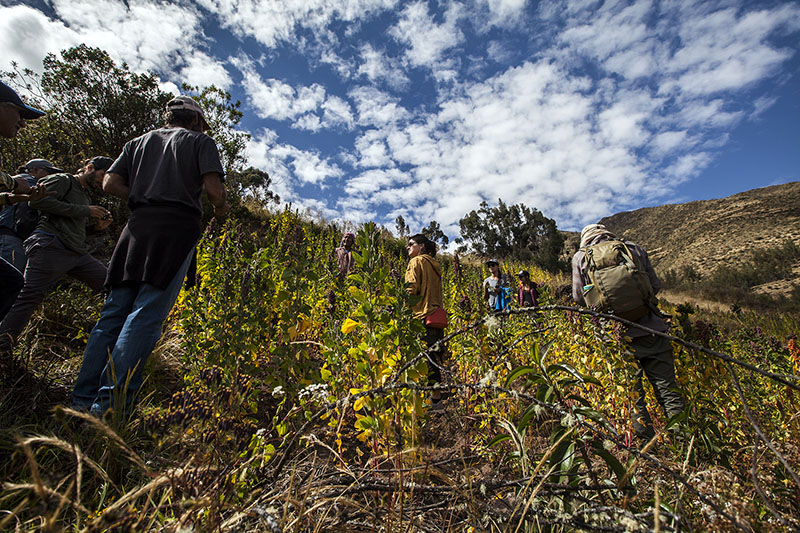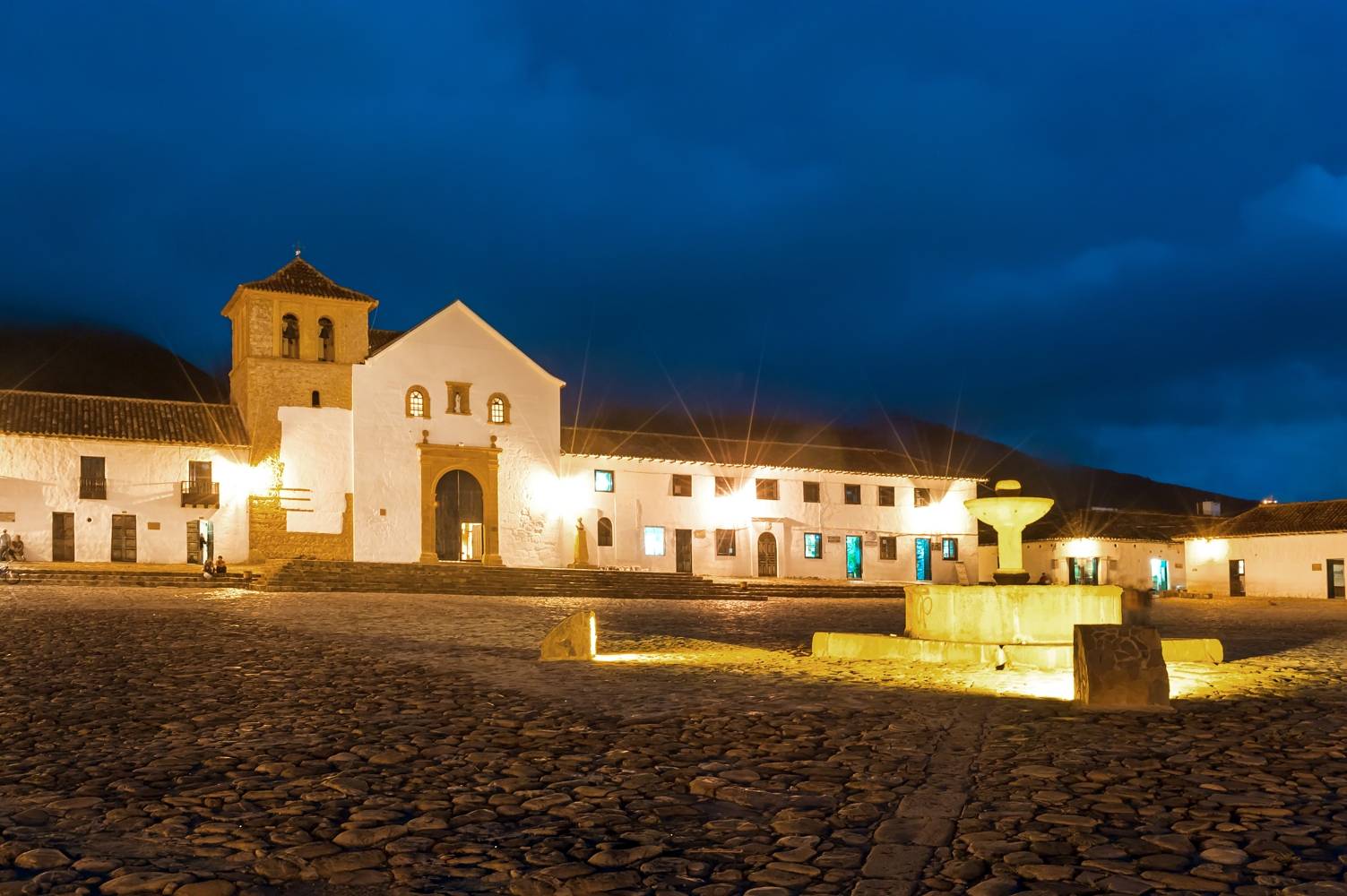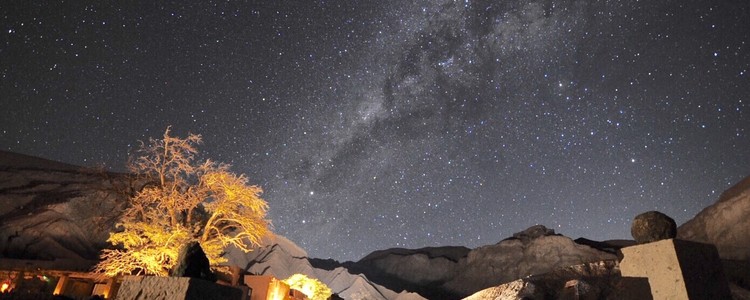Buenos Aires
The capital city of Buenos Aires, with its historic neighbourhoods of San Telmo and La Boca and its romantic and passionate tango, reflects the rich cultural tapestry created by the different waves of immigrants which forged the country. Visitors can enjoy fine restaurants, art galleries, walking or bike tours to the different neighbourhoods to understand the history of this vibrant and diverse city.
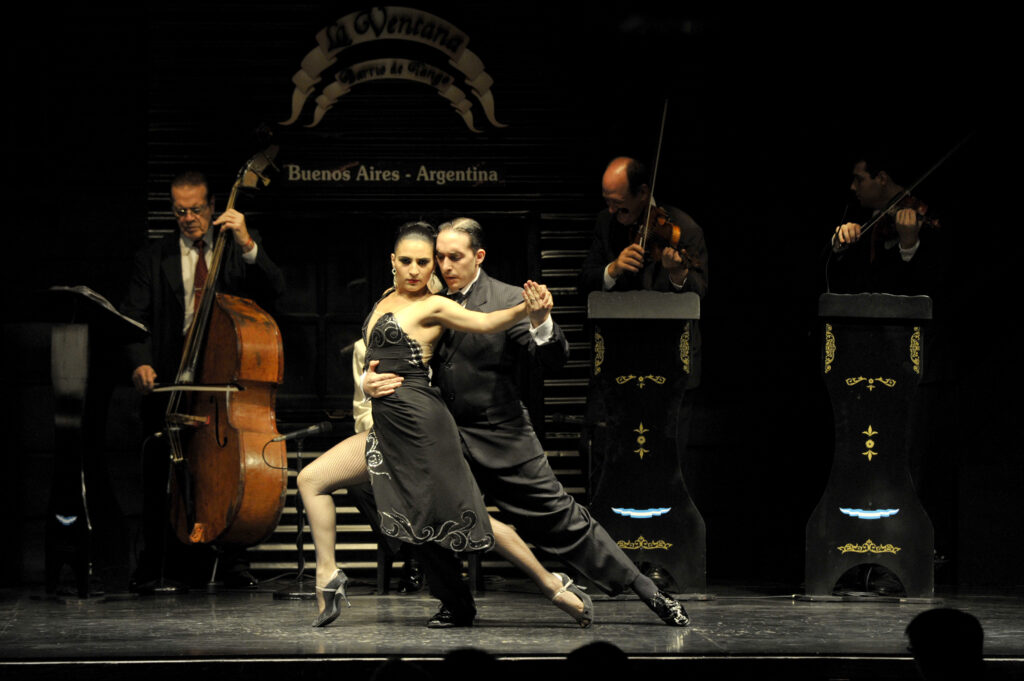
Quebrada de Humahuaca
The rugged Argentine North West in the Andes mountains has historical roots harking back to the Incas, archaeological ruins, picturesque Indian villages, colonial churches, colourful markets, arts and crafts, delicious regional cuisine, high deserts with cactus forests, a wine region with high altitude wines, interesting archaeological museums, and scenic winding gravel roads. UNESCO Heritage Site Quebrada de Humahuaca, which still preserves indigenous traditions, is a picturesque gorge which has been used as a trade route for millennia by hunter-gatherer communities and early farmers, pre-Incan towns and villages, the Inca empire (15th to 16th centuries), and Spanish and republican settlements.
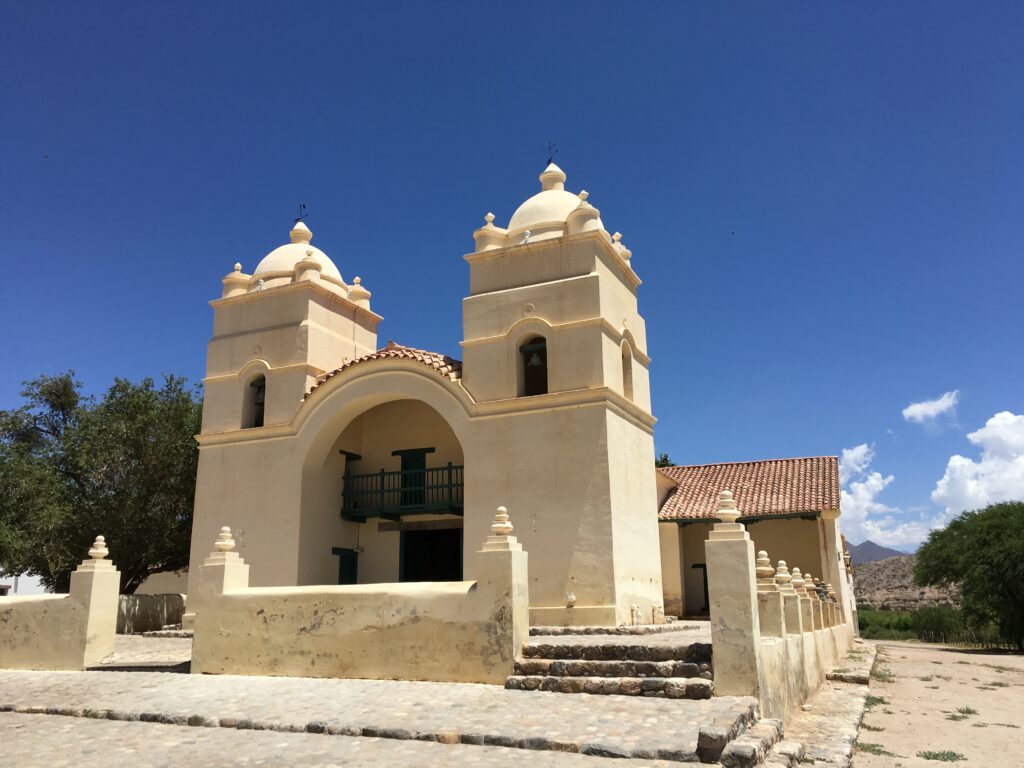
Iguazu Waterfalls
One of the most popular destinations in Argentina, the prodigious Iguazu Falls (7th natural wonder of the world) lies on the triple frontier of Brazil, Paraguay and Argentina. This system of myriad stunning waterfalls nestled amid tropical jungle and exuberant Atlantic Rainforest is a powerful magnet for visitors from all over the world. The resounding roar of water thundering over the lip of the 90-metre Garganta del Diablo (Devil’s Gorge) and the sight of massive quantities of white froth that seem to hang in mid-air before plunging far down into distant spray instil you with a strong sense of vertigo, a terrifying attraction. Visitors to the falls can stroll along innumerable walkways on both the Argentine and Brazilian sides with thrilling vistas above and below the falls or take a nail-biting sortie right into the mouth of the gorge in rubber dinghies. And in case you did not get wet enough then, the return trip darts under other falls, surging through drenching white mists and streams worthy of a fireman’s hose to leave you spluttering yet exhilarated. The forest is rich in biodiversity, with over 2,000 species of plants and animals.
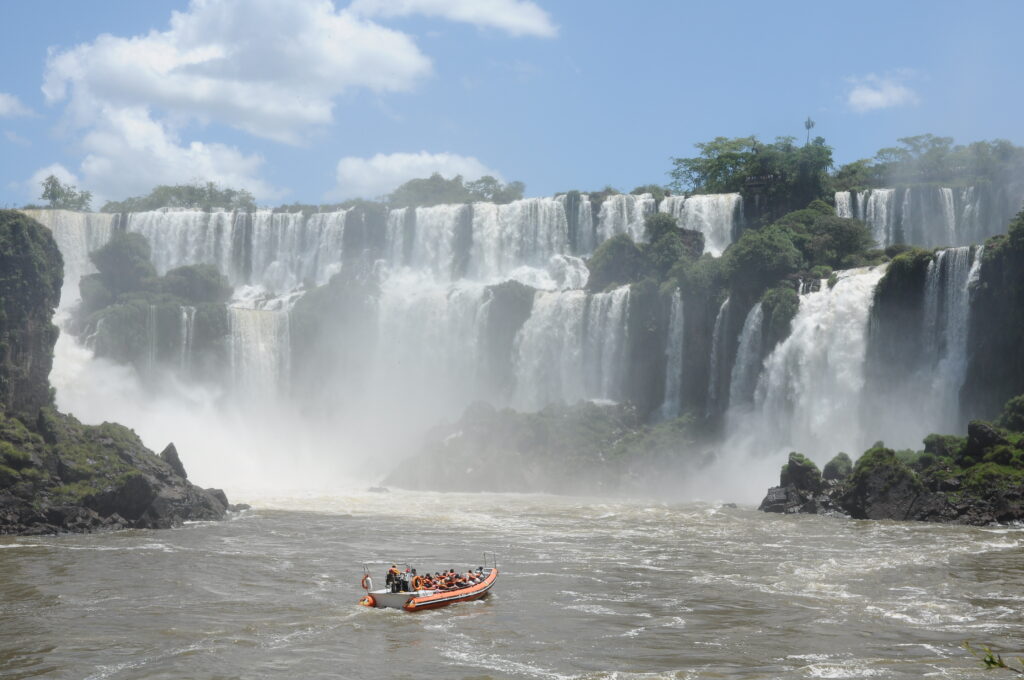
The Jesuit Block in Cordoba
Cordoba (in the centre of the country) is the heartland of Jesuit heritage. For about 150 years in the 17th and 18th centuries, the Jesuits ran a series of settlements with a focus on missionary and educational work. The Jesuit Block in Cordoba is a UNESCO World Heritage site and showcases colonial architecture, Jesuit-influenced rural estates and the oldest university in the country. They illustrate the fusion of European Baroque and Mannerist styles with the cultures of indigenous people and African slave labourers, surrounded by rolling hills for riding, trekking or touring.
Perito Moreno Glacier, Patagonia
Of the many stunning landscapes of Patagonia, the Glaciers National Park and the thunderous, crackling advance of its Perito Moreno Glacier is the star, as it calves giant icebergs into Argentino Lake. It is a part of the largest ice cap in South America, which contains numerous large glaciers. Fantastic natural scenery, touring or active adventures such as hiking over the Glacier, navigating lakes with icebergs to a remote estancia, trekking or 4WD in the desert and mountains create a trip to remember.
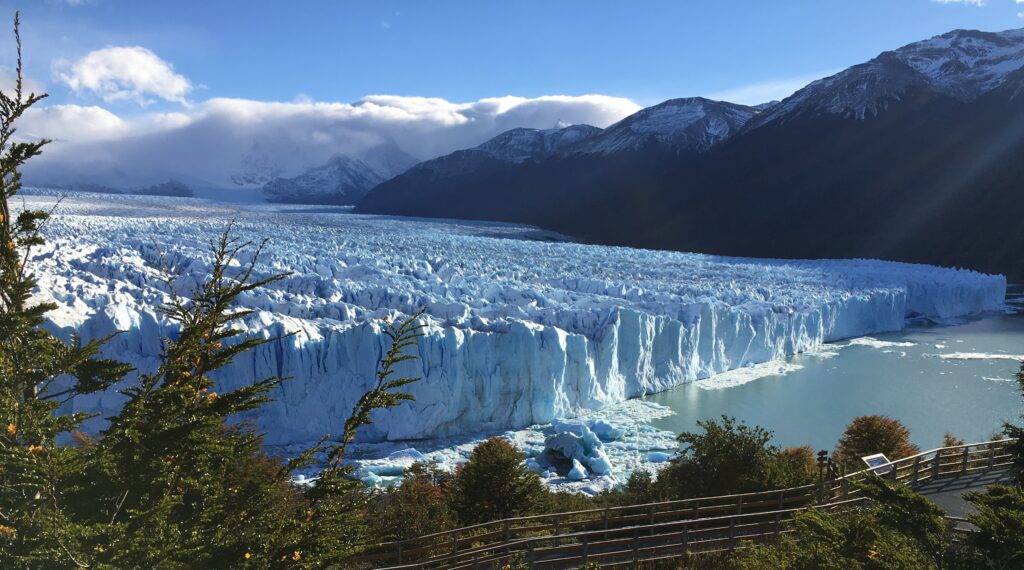
All these sites contribute to Argentina’s diverse and vibrant cultural heritage.
For more information about Argentina Travel Partners contact Katrina today: katrina@americas.co.uk


